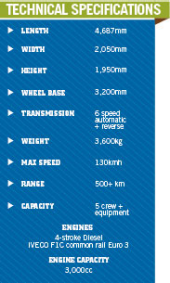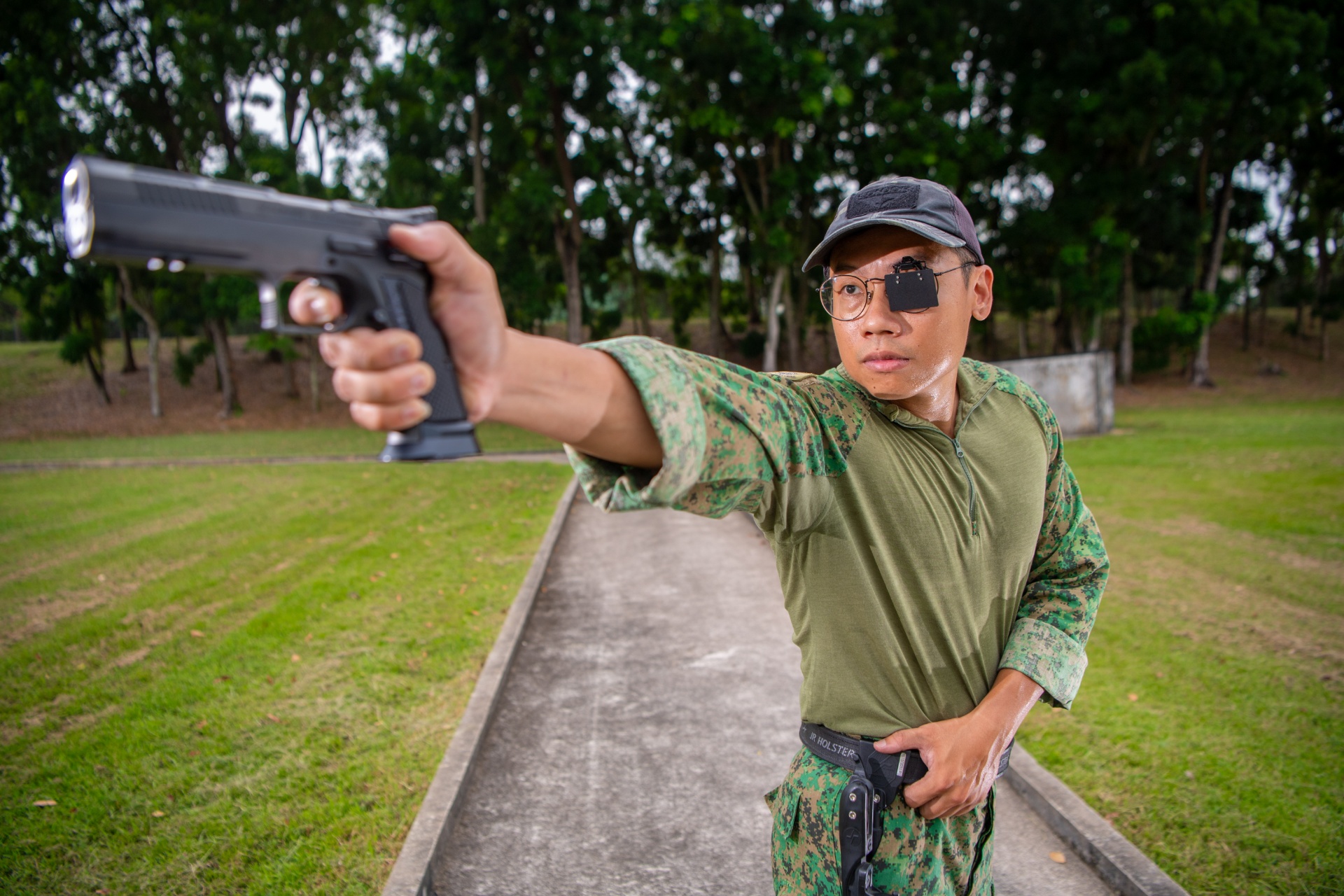TECHNOLOGY
PANTHER ON THE PROWL
11 Mar 2010
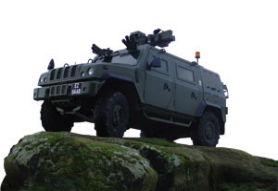
The Panther command and liaison vehicle (CLV) is the answer to the British Army's need for a general-purpose platform with enhanced crew protection.
In July 2003, the United Kingdom (UK) Ministry of Defence began outlining its requirements for a general purpose vehicle to replace its ageing fleet of Saxon Armoured Personnel Carriers (APCs), Land Rovers without armour and the FV430 family of armoured fighting vehicles.
What it needed was a highly mobile platform which offered enhanced crew survivability and low operation costs. And the BAE Systems' Panther CLV fit the bill perfectly.
A light-armour, four-wheel-drive vehicle designed for strategic and tactical mobility, the Panther CLV is powered by a 3,000cc turbo-charged diesel engine and it can carry a crew of five in comfort.
The vehicle is designed for an operational lifespan of 30 years. In addition to being hardy, it incorporates the latest technologies and design principles to ensure crew safety and, ultimately, mission success.
Designed for survivability
The Panther CLV has several features designed to enhance crew survivability in the face of small arms fire and explosives.
To minimise the impact of mine explosions, the Panther CLV's wheel stations are placed away from the crew cabin. In the event of a wheel detonating an anti-tank mine, the force of the explosion is vented upwards and away from the cabin to ensure crew safety.
The underside of the vehicle is V-shaped to deflect the impact of underbelly explosions and ground clearance is maximised to allow better dissipation of blast forces.
The Panther CLV's underbelly sits 47.3cm above ground, one of the highest clearances in its class, and the vehicle is also able to scale 50cm-high steps. It boasts a maximum road speed of 130kmh and has a range of over 500km.
Without preparation, the vehicle can ford water obstacles up to a depth of 0.85m. With minimal preparation, it can ford rivers up to a depth of 1.5m.
The cabin floor is deliberately kept clear of heavy components that might be projected through the floor by a mine blast. Similar to the principle of "crumple zones" on commercial passenger vehicles, the lower part of a Panther CLV has a three-layer sandwich structure of strengthened materials that will collapse in the event of an underbelly explosion to absorb energy that has not been vented away by the V-hull.
Seats within the cabin are strengthened to deal with the residual impact resulting from mine blasts. They are also not fixed directly to the cabin floor as their suspension means shock waves are not transmitted directly to the crew.
Customisable protection
The Panther CLV's level of protection can be tuned by replacing armour packs within its external skin, allowing the vehicle to maintain the same profile no matter the mission.
The basic armour add-on pack protects against small arms fire, while heavier kits will shield occupants from ambushes and lateral mine explosions. Compared to other vehicles of its class, this feature of readily adaptable levels of armour is unique and allows the Panther CLV to fulfil a wider spectrum of mission requirements.
Within the cabin, crew will have access to a remotely-controlled self-defence weapon station. Like the vehicle, it is manufactured by BAE Systems and it will combine the weapon mount, surveillance systems, target acquisition weapon sight and a weapon of choice. The weapon station can be fitted with either a 7.62 mm machine gun, a 12.7 mm machine gun or a 40mm automatic grenade launcher. Depending on the weapon mounted, the Panther CLV can defend itself against infantry and soft-skinned vehicles up to a kilometre away.
At 7,100kg (maximum loading) and with a width of 2.05m, the Panther CLV is hardly svelte by commercial passenger vehicle standards. However, it is well within the airlift limits of many transport aircraft. It may be air-transported by a variety of military transport aircraft such as the C-160 Transall, C-130J Super Hercules, and heavy-lift helicopters such as the CH-53 Sea Stallion and CH-47 Chinooks.
The UK armed forces ordered 400 Panther CLVs, of which 217 were delivered in June 2008, marking the vehicle s official entry into service. The rest were delivered progressively till end-2009 and there is an option to buy 400 more. Some Panther CLVs have been deployed to Afghanistan with the 1st Mechanised Brigade for hot-weather trials.
ALSO READ IN TECHNOLOGY
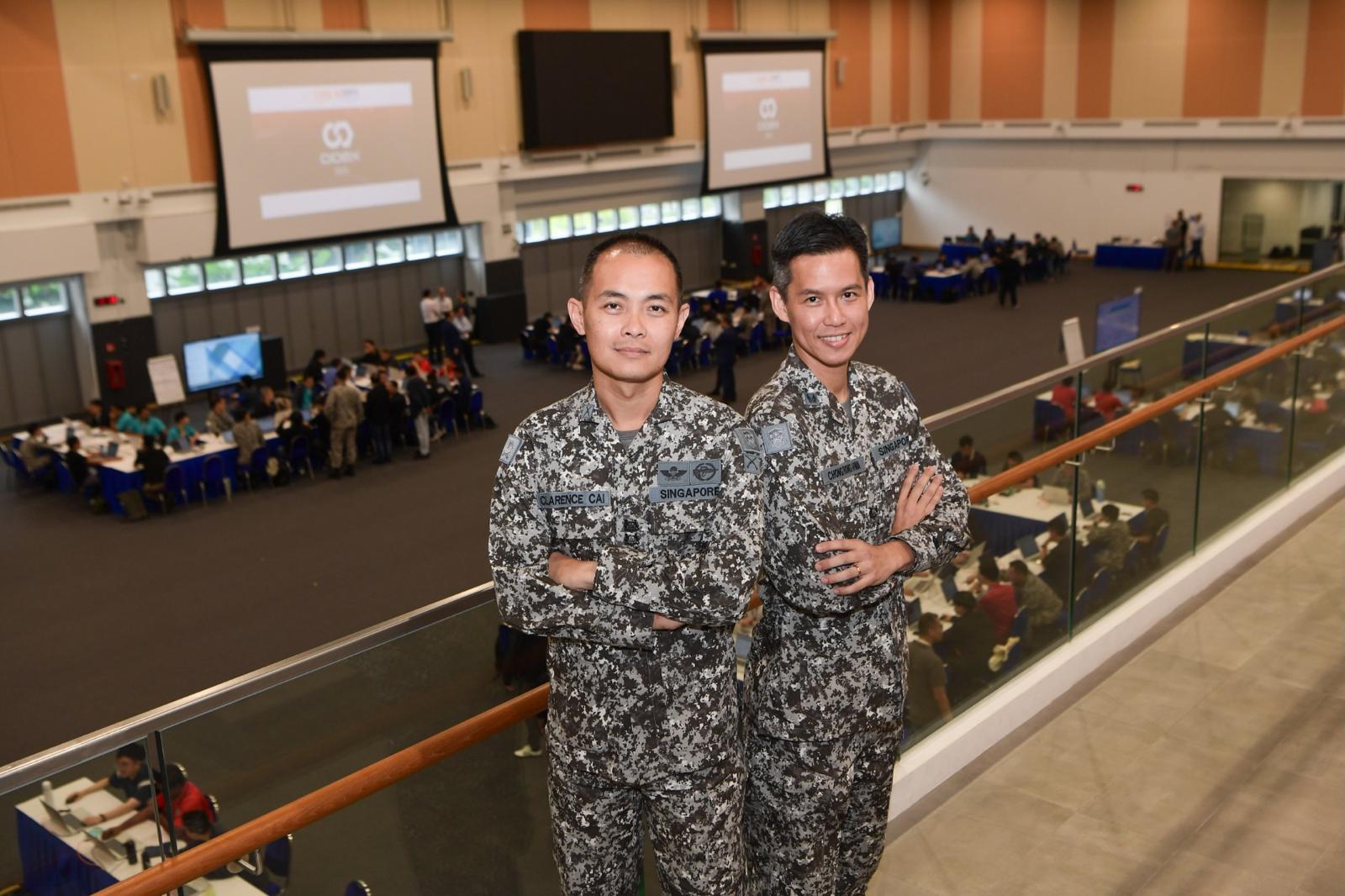
AI joins the fight in national cyber defence exercise
12 Nov 2025
AI and closer collaboration among agencies and industry are taking centre stage in this year’s Critical Infrastructure Defence Exercise (CIDeX).
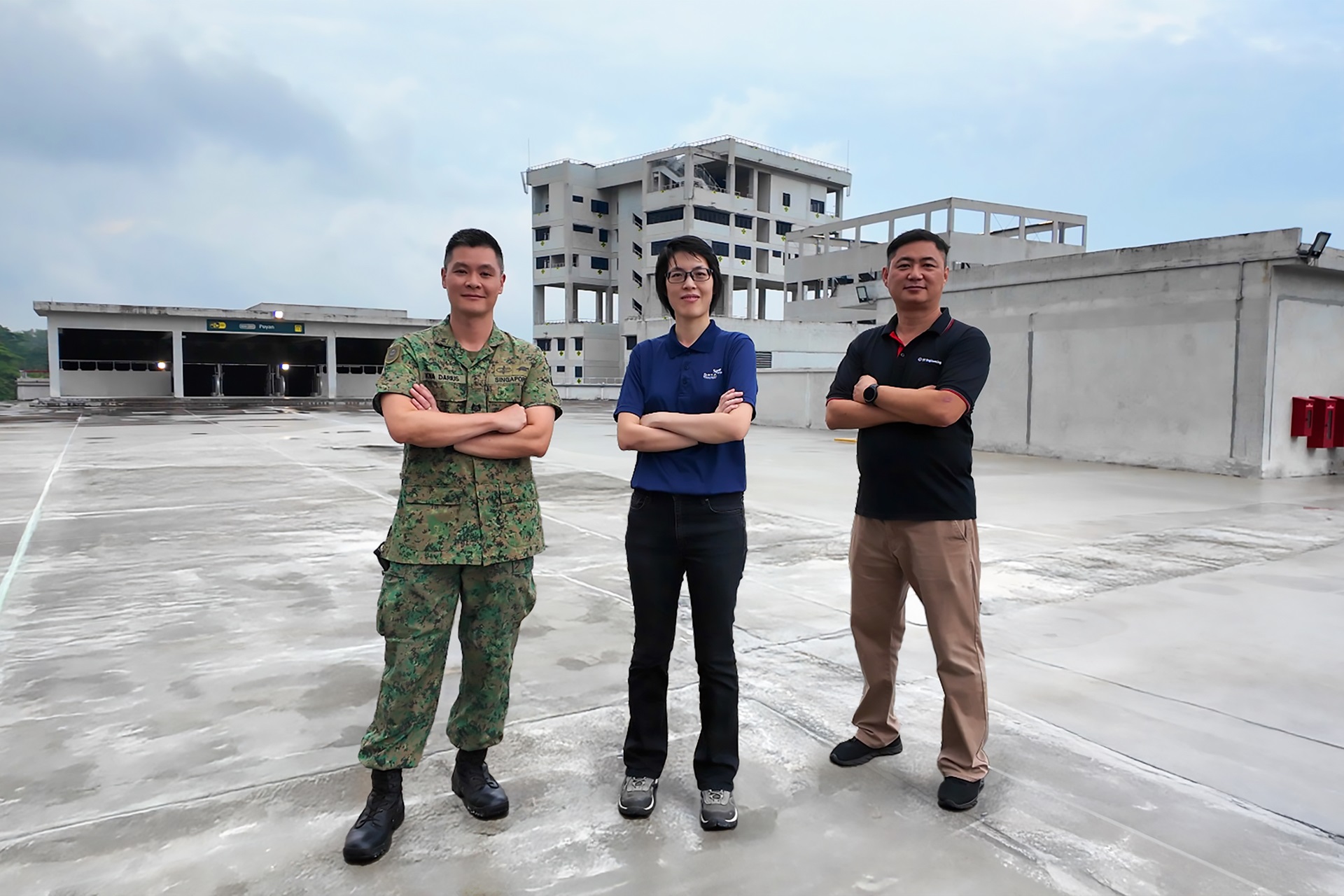
They built this city
01 Oct 2025
Turning vision to reality: the team behind SAFTI City clinches the Defence Technology Prize 2025 Team (Engineering) Award!
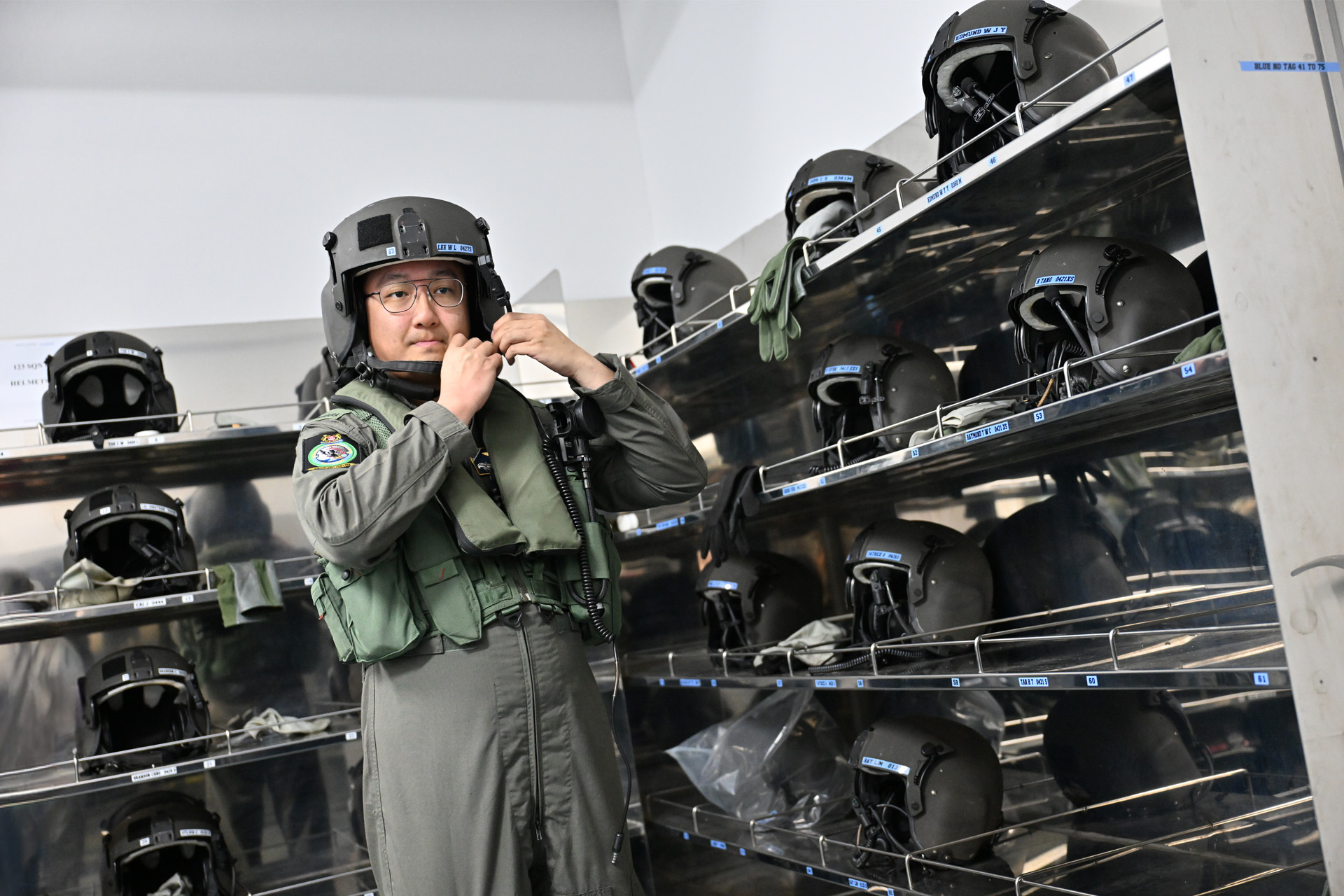
Operating over skies & seas
22 Aug 2025
This gear is designed to help a Sensor Supervisor survive emergencies in the air and at sea.



